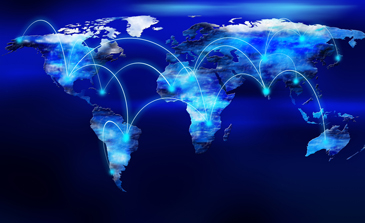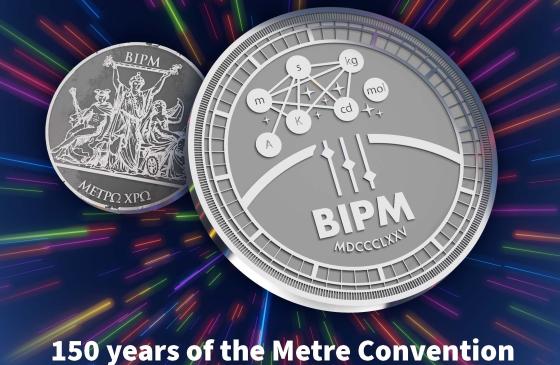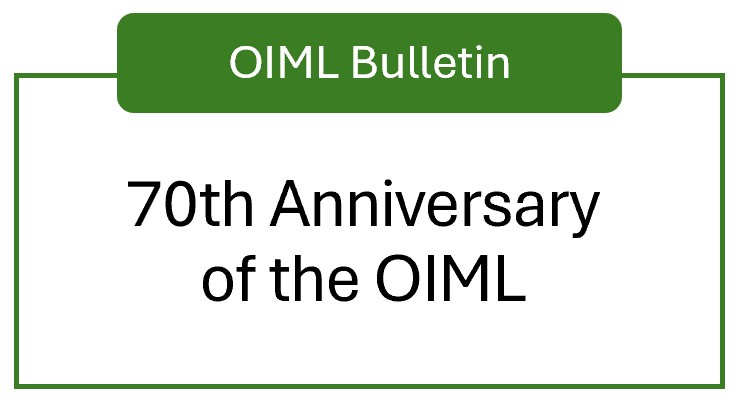What is the OIML?

Paving the way towards a global metrology system since 1955

“The mission of the OIML is to enable economies to put in place effective legal metrology infrastructures that are mutually compatible and internationally recognized, for all areas for which governments take responsibility, such as those which facilitate trade, establish mutual confidence and harmonize the level of consumer protection worldwide.” - OIML B 15:2011
The International Organization of Legal Metrology is an intergovernmental treaty organization which
- develops model regulations, standards and related documents for use by legal metrology authorities and industry,
- provides mutual recognition systems which reduce trade barriers and costs in a global market,
- represents the interests of the legal metrology community within international organizations and forums concerned with metrology, standardization, testing, certification and accreditation,
- promotes and facilitates the exchange of knowledge and competencies within the legal metrology community worldwide,
- cooperates with other metrology bodies to raise awareness of the contribution that a sound legal metrology infrastructure can make to a modern economy.







